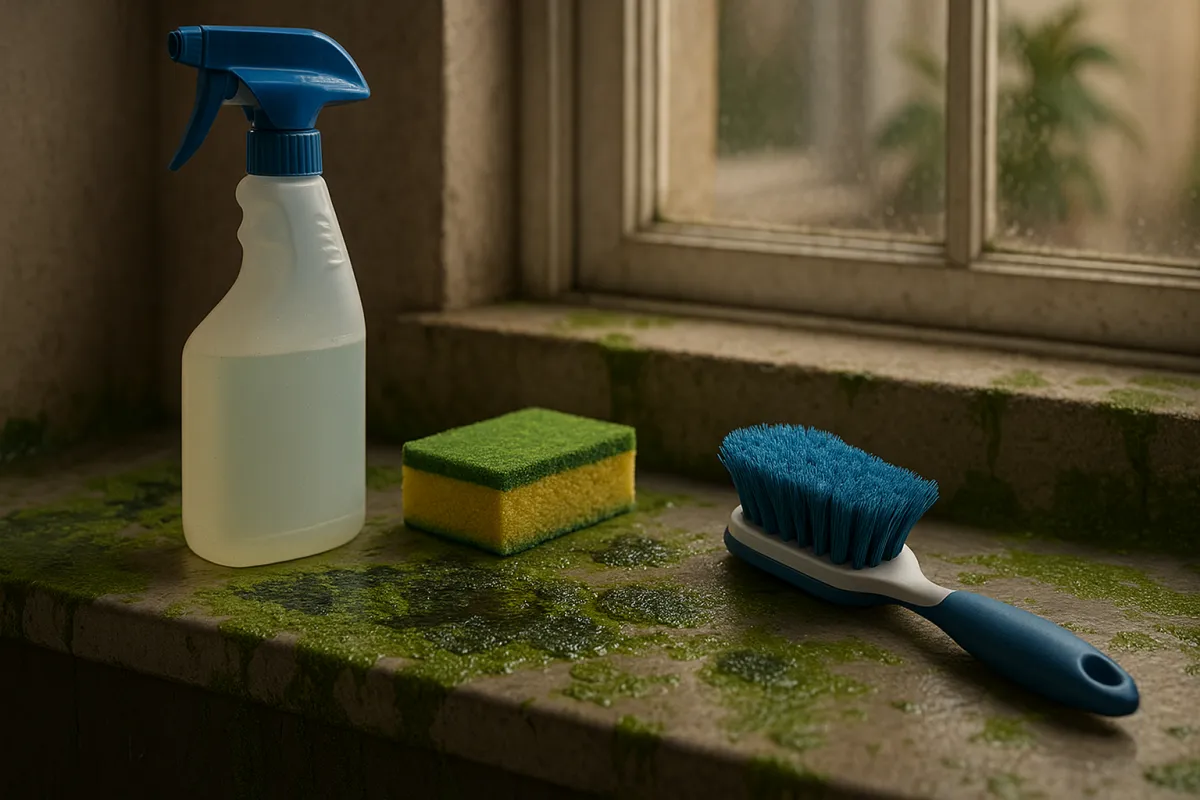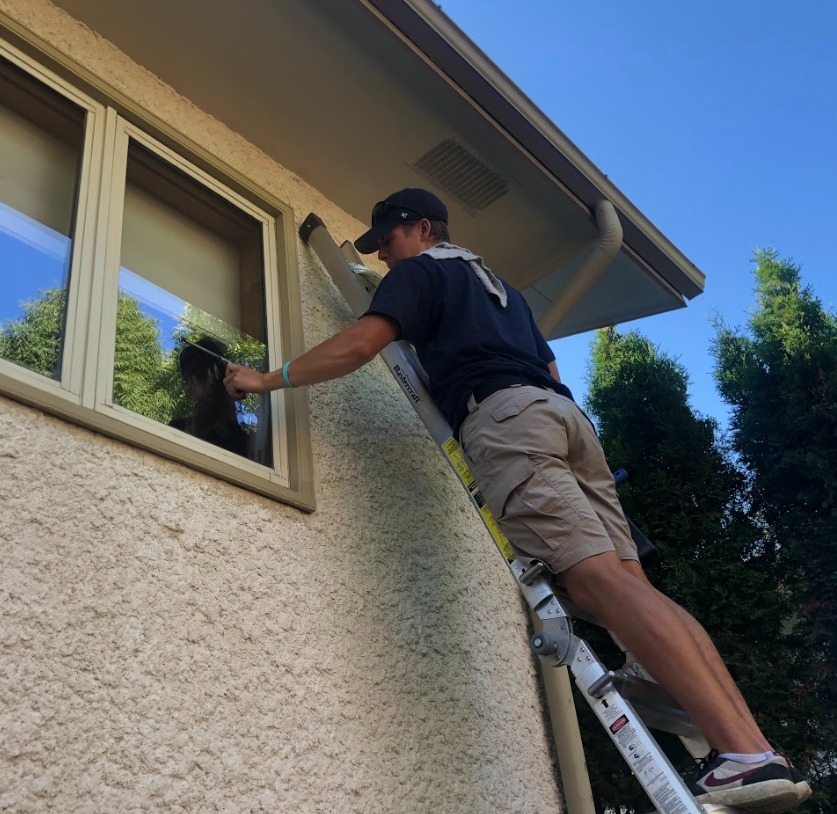
The Science of Surface Contamination: Biofilms, Algae, and Removal
Surface contamination is a concern in many environments, including industrial facilities, healthcare spaces, public areas, and private properties. Contaminants such as biofilms and algae not only affect appearance but also pose safety, hygiene, and maintenance challenges. These organisms thrive on various surfaces, often unnoticed until visible growth or damage has already occurred. Understanding how they form and persist is the first step towards controlling their impact.
Biofilms and algae may appear simple, yet their biological processes are complex and resilient. They adhere to surfaces, adapt to conditions, and resist basic cleaning efforts. For businesses and households, effective removal requires both scientific understanding and practical strategies.
What is Surface Contamination?
Surface contamination refers to the unwanted presence of biological material, microorganisms, or deposits on a surface. Unlike ordinary dirt, these contaminants often involve living organisms that grow and reproduce. Common examples include bacterial biofilms and algae on surfaces exposed to moisture and light.
Such contamination affects multiple sectors. In healthcare, biofilms on equipment or surfaces can lead to persistent infections. In outdoor environments, algae growth on building exteriors not only reduces aesthetics but also contributes to structural wear. For industrial facilities, surface contamination increases maintenance costs and compromises efficiency.
What are Biofilms?
Biofilms are structured communities of microorganisms that attach to a surface and produce a protective matrix. This matrix is sticky, allowing the organisms to cling firmly and resist cleaning. Biofilms can form on almost any surface, including medical devices, water pipes, kitchen counters, and bathroom tiles.
What makes biofilms difficult to manage is their resistance to disinfectants and antibiotics. Once established, they shield the organisms within, creating an environment where bacteria thrive and communicate. Over time, these communities spread, making eradication more complex.
How Biofilms Form?
The formation of biofilms occurs in stages. Microorganisms first attach loosely to a surface. If conditions are favourable, they begin producing extracellular substances that help them adhere more firmly. As the colony grows, the biofilm thickens and develops a protective layer that is difficult to penetrate.
Environmental factors such as moisture, temperature, and nutrient availability accelerate the process. Biofilms can develop within hours and become well established in just a few days. Their persistence is what makes them one of the most challenging forms of surface contamination.
Risks Associated with Biofilms
Biofilms present both health and operational risks. In medical settings, they can harbour harmful bacteria that cause infections. In the food industry, biofilms increase the likelihood of contamination, affecting product safety and compliance with health regulations.
From an operational standpoint, biofilms clog water systems, corrode surfaces, and reduce the lifespan of equipment. They also increase cleaning costs, as standard methods often fail to remove them completely. The risk lies not only in the visible contamination but also in the unseen spread across less obvious areas.

Algae as a Surface Contaminant
Algae are photosynthetic organisms that thrive in moist environments exposed to sunlight. They are commonly found on roofs, walls, pavements, and water systems. Algae growth on surfaces may appear as green, black, or brown patches, which often worsen over time if left untreated.
Although algae are not typically harmful to human health, they create safety and maintenance concerns. Surfaces covered in algae become slippery, which can lead to accidents and other hazards. On buildings and outdoor structures, algae contribute to deterioration by holding moisture against surfaces, which can damage paint, wood, or concrete.
Conditions that Favour Algae Growth
Several factors contribute to algae contamination. Warmth, moisture, and light provide ideal conditions for growth. Surfaces that remain damp for long periods, such as shaded roofs, garden paths, or water tanks, are particularly vulnerable. Poor drainage and inadequate ventilation also increase the likelihood of algae development.
Urban environments with high humidity or regular rainfall create a constant supply of moisture, making algae prevention a regular maintenance challenge. Recognising these conditions helps in planning preventive measures before the problem becomes visible.
Comparing Biofilms and Algae
While biofilms and algae are both forms of surface contamination, their characteristics differ. Biofilms consist of bacterial communities protected by a sticky layer, making them resistant to disinfectants and conventional cleaning methods. Algae, on the other hand, depend on light and moisture, and while they are easier to remove, they can quickly return if conditions remain unchanged.
Both present maintenance challenges but require different approaches. Biofilms need chemical or mechanical treatments that penetrate protective layers, whereas algae control often focuses on moisture management and surface treatments that prevent regrowth.
How to Remove Biofilm?
Effective biofilm removal requires strategies that break down the protective matrix and eliminate the bacteria within. Traditional cleaning alone often fails, as the biofilm layer resists penetration.
Standard methods to follow:
Mechanical cleaning, such as brushing or scrubbing, to physically disrupt the biofilm.
Chemical treatments using specialised disinfectants that break down the protective layer.
Heat or steam cleaning to weaken and dislodge microbial communities.
How to Remove Algae?
Removing algae from surfaces is often more straightforward than tackling biofilms, but it requires thorough cleaning to prevent regrowth.
Standard methods to follow:
Take pressure washing services from professionals like Neighbours Windows to remove visible growth from outdoor surfaces.
Application of algaecides or biocides to kill remaining spores.
Surface sealing or painting with protective coatings to reduce future contamination.
How to Prevent Surface Contamination?
Prevention is always more effective and cost-efficient than repeated removal. Regular cleaning and inspections help identify early signs of contamination. Maintaining dry and well-ventilated environments reduces favourable conditions for biofilms and algae.
In the healthcare and food industries, strict sanitation protocols prevent biofilms from forming. For outdoor spaces, applying protective coatings and managing moisture are practical measures that reduce algae growth. Prevention should be an ongoing part of maintenance, rather than a one-time solution.
Role of Technology in Contamination Control
Advancements in technology are changing how biofilms and algae are managed. Automated cleaning systems, sensor-based monitoring, and antimicrobial surface coatings are being used across industries. These technologies not only improve cleaning efficiency but also provide long-term protection against regrowth.
For example, self-cleaning surfaces coated with antimicrobial materials reduce the attachment of microbes. In water systems, sensors detect microbial activity early, enabling intervention before biofilms become well-established. Technology continues to enhance contamination control, making it more efficient and sustainable.
Conclusion
Surface contamination by biofilms and algae is a persistent challenge that affects health, safety, and maintenance across different environments. Their ability to adapt and thrive makes them resilient against ordinary cleaning efforts. However, by understanding the science behind their growth and applying the proper removal and prevention methods, their impact can be controlled effectively.
From physical and chemical treatments to preventive maintenance and advanced technologies, a range of strategies is available. With the right approach, surfaces remain cleaner, safer, and more durable, reducing the long-term costs and risks associated with contamination.
